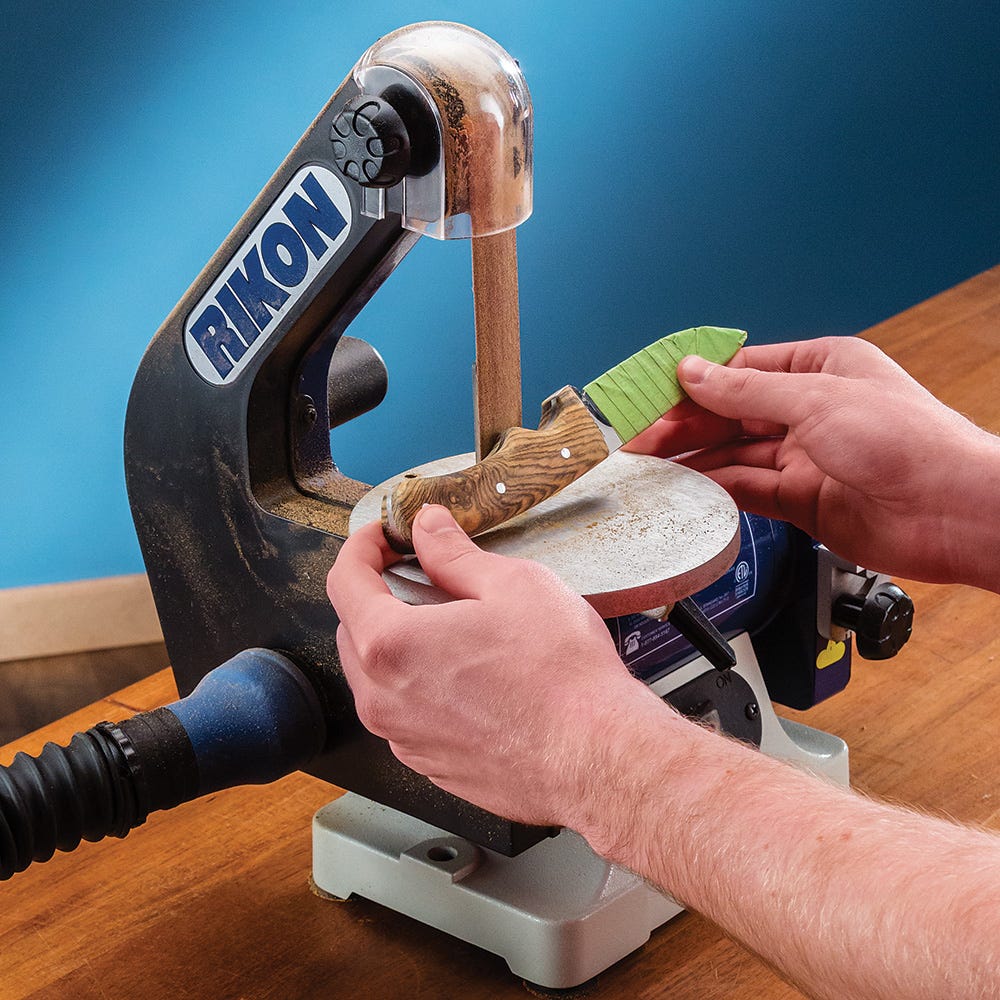- Body Satisfaction Scale (BSS): A 16-item, self-report questionnaire that measures body dissatisfaction. Each of 16 body parts is rated on a seven-point scale ranging from “very satisfied” to “very dissatisfied,” but does not measure the nature of the dissatisfaction.
- THE BODY PARTS SATISFACTION SCALE 2 24 Abstract 25 In 1972, the first major national study on body image was conducted under the auspices of Psychology 26 Today.Body image was assessed with the Body Parts Satisfaction Scale, which examined the 27 dissatisfaction people experienced with 24 aspects of their bodies.
Key references:
Corning, A. F., Gondoli, D. M., Bucchianeri, M. M., & Blodgett-Salafia, E. H. (2010). Preventing the development of body issues in adolescent girls through intervention with their mothers. Body Image, 7, 289–295.
Primary use / Purpose:
1/ Body satisfaction: i) visual analogue scales - the means of the visual analogue rating scores for males and females are shown in Table 2. Body satisfaction 9 - Insert Table 2 about here - a) feeling fat - the results showed main effects of gender (F 1,38=9.89, p. The Body Parts Dissatisfaction Scale (BPDS) to assess bodily discontent in a manner that we believed might be more sensitive to middle-school girls’ experiences of their bodies.
Background:

Psychometrics:
Information on psychometrics available in Corning, A. F., Gondoli, D. V10 6.4 snow leopard. Citrix 10.7.5. M., Bucchianeri, M. M., & Blodgett-Salafia, E. H. (2010). Preventing the development of body issues in adolescent girls through intervention with their mothers. Body Image, 7, 289–295. Update 10.9.
Body Satisfaction Scale (bss) Pdf
Keywords:
Body Image Satisfaction Scale
Files:
